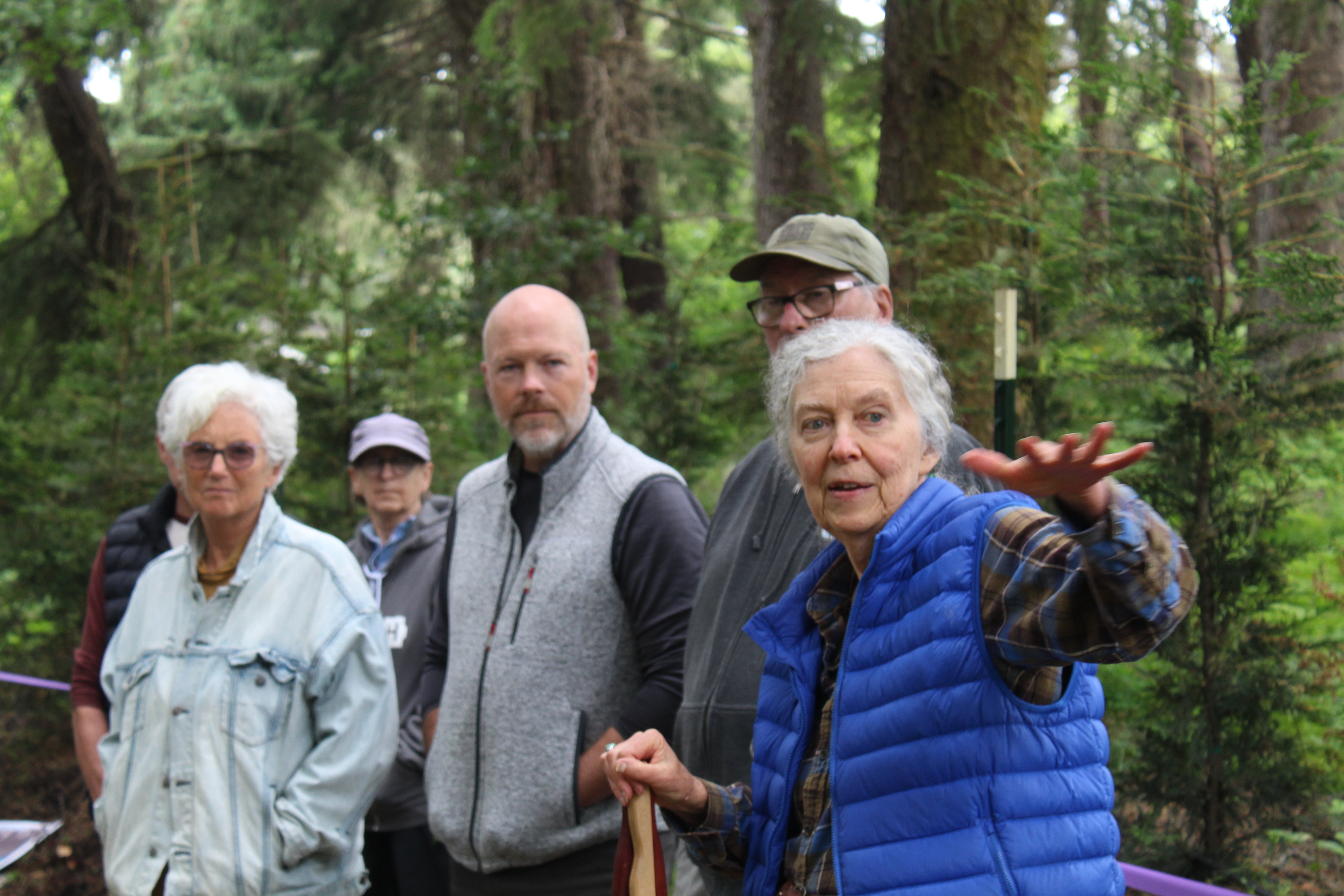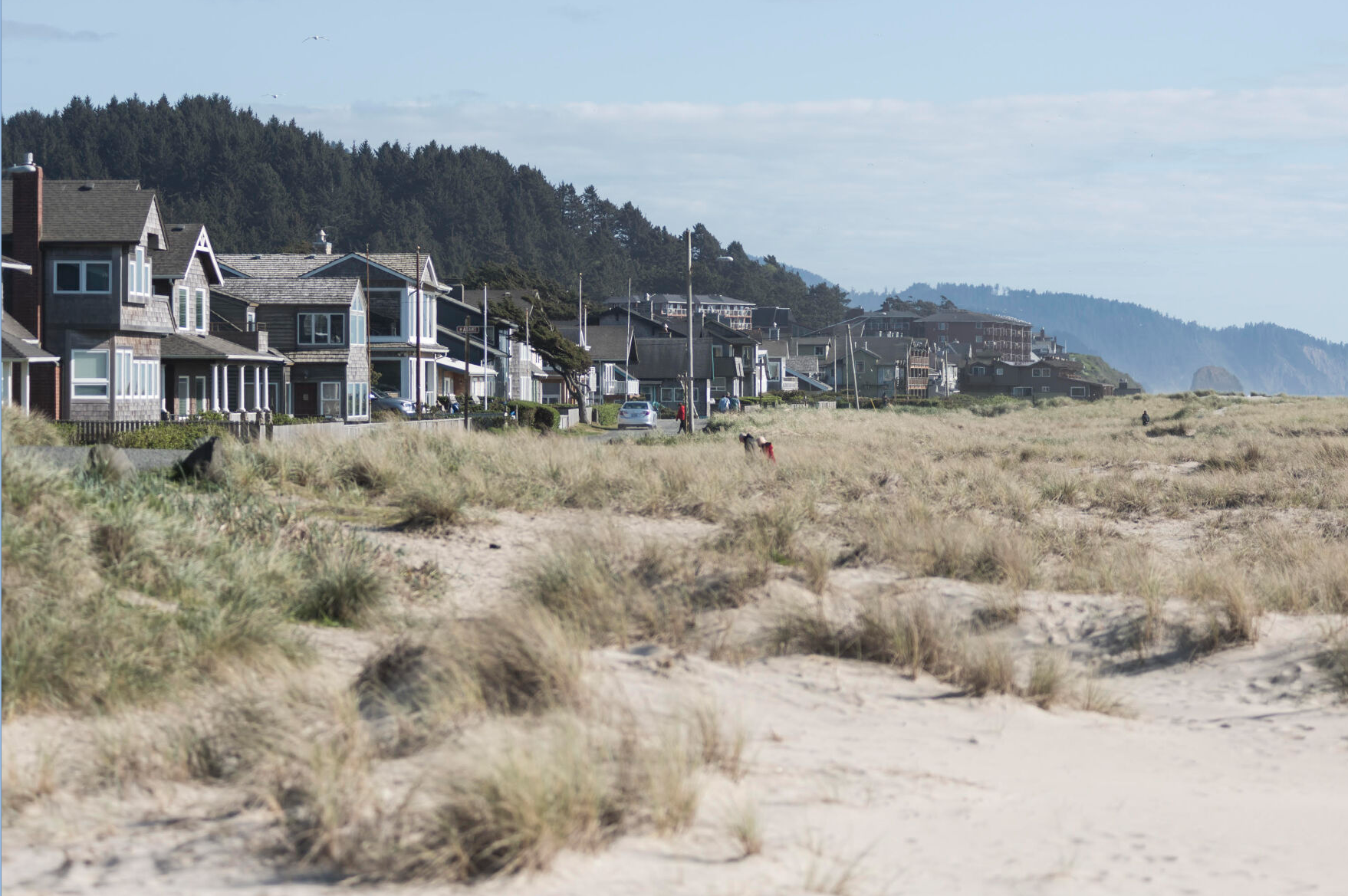Leadership needed for Oregon
Published 5:30 am Monday, October 22, 2018

- Grant Union High School senior McKeely Miller asks a question directed at candidates for governor, from left, Rep. Knute Buehler, Gov. Kate Brown and Patrick Starnes, during a September debate at Roosevelt High School in Portland.
Oregon unemployment rates are at historic lows and the state revenue forecast at historic highs. The state’s incumbent governor should be riding a wave of approval into the Nov. 6 election. So why then, in the latest polling, is Kate Brown only barely leading Republican Knute Buehler?
Trending
There are at least two reasons for the closeness of this race. After a long drought, Oregon Republicans have nominated a credible candidate who appeals to mainstream Oregonians. And Gov. Brown is vulnerable because she lacks the kind of bold leadership that Oregonians like to think they deserve.
The Daily Astorian’s editorial board believes that the Oregon governor’s race comes down to leadership on pension reform, education, natural resources and human welfare.
Despite the largest revenue budget ever projected for the 2019-21 biennium, $1.1 billion will go to fund the Public Employees Retirement System’s liabilities — a 38 percent increase in PERS expense in just two years. Those increased revenues won’t ever reach the classroom, fund more public safety personnel or programs for our most vulnerable populations. It will go straight to the public employee pension liability. In its worst manifestation, school districts are laying off teachers in order to pay the benefits for retired personnel.
Trending
Gov. Brown thinks that state employees need to have more “skin in the game,” and recent union contracts require state employees to pay a 6 percent contribution to their retirement in place of the employer contribution. But Brown gave state employees a 6.95 percent raise to more than offset the contribution.
Buehler says, “I won’t sign any new spending bills until I have a PERS reform bill on my desk.” He wants to transition state employees to a private-sector style, 401(k) retirement plan, and cap the final salary used to calculate an employee pension at $100,000, essentially limiting maximum pension benefits to $45,000 to $50,000 a year, indexed to inflation. The proposal could save as much as $500 million per biennium. We call that bold leadership.
Former Gov. John Kitzhaber’s 2012 ban of gillnetting on the main stem of the Columbia River assumed that gillnetting took more than a sustainable number of salmon out of the river for the fishery. Five years later, studies showed that banning gillnetting has not had a positive effect on salmon runs. The Oregon Fish and Wildlife Commission recognized the failure of the ban and in 2017 approved an enhanced “rebalancing” plan that allowed limited gillnetting.
Gov. Brown, in a letter to the commission, said the rules adopted for the fishery reforms were “not acceptable” and she asked for the rules to be reversed. “The rules should clearly match … the policy of my administration,” she wrote.
Kitzhaber’s gillnetting ban cost him the Clatsop County vote in the 2014 election. We think Kate Brown’s demand to enforce her policy over science should cost her the Clatsop County vote too.
The state’s child welfare agency audit shows decades of neglect and lack of accountability. To Brown’s credit, she removed the agency head and set out steps to improve the system. But the steps were never followed. And the agency’s failure to follow those steps still has not been addressed. Her failure to demand accountability puts our most vulnerable children at risk.
The Oregon Health Authority audit pointed out millions misspent on Medicaid payments, noting that the agency lacked “well-defined, consistent and agency-wide processes” to detect improper payments. Following the release of a draft public relations plan crafted by OHA to smear Family Care, a Portland-area health care provider, the OHA director resigned, but Brown hired the communications director who drafted the plan to an economic development position in the governor’s office, according to the Register-Guard.
Kate Brown has spent 25 years in state government, and knows Oregon’s people and values. She’s personable and plays well to a state that was described by the Washington Post as one of the nation’s most “anti-Trump.” But we no longer have time to take a wait-and-see attitude on PERS, education, vulnerable Oregonians and our rural, natural resource-based economies.
Both Republicans and Democrats playing to the base have helped push nearly one-third of Oregon voters into the nonaffiliated category — more Oregon voters are neither Democrats or Republicans than are affiliated with either party. Oregonians are tired of politics as usual.
We urge a vote for Buehler to lead Oregon.
A Buehler governorship carries risk. It requires that he come through on his promise to be a moderate governor, working with a Democrat-controlled Legislature to get action on his ambitious ideas for education, housing and health. It also relies on the Legislature being willing to work with Buehler.
But based on his record, Buehler has showed an ability to make decisions based on the best outcomes for Oregonians — and not always along party lines. He is pro-choice, in favor of gay marriage and often critical of Trump. He supported the “coal to clean” energy bill, breaking ranks with Republicans to vote for it.
We don’t like some of Buehler’s stands — supporting the LNG terminal in Coos Bay, and repealing the state’s sanctuary law through Measure 105 — but he demonstrates an awareness of the need for timely and decisive action that’s been lacking from Brown.
Kate Brown has not convinced us that the next four years will be different than her first four years as governor. The next four years under Knute Buehler will.









